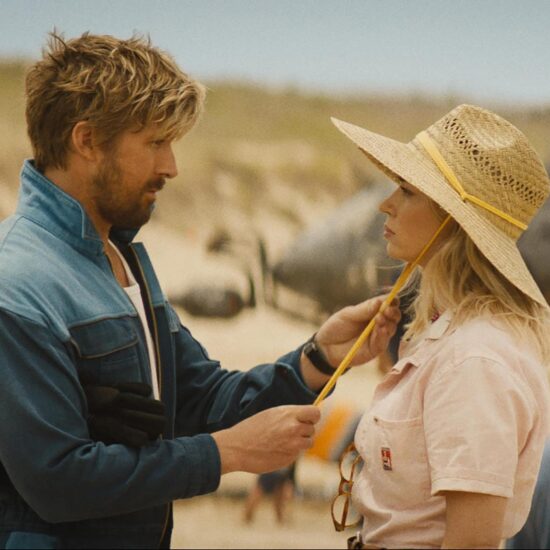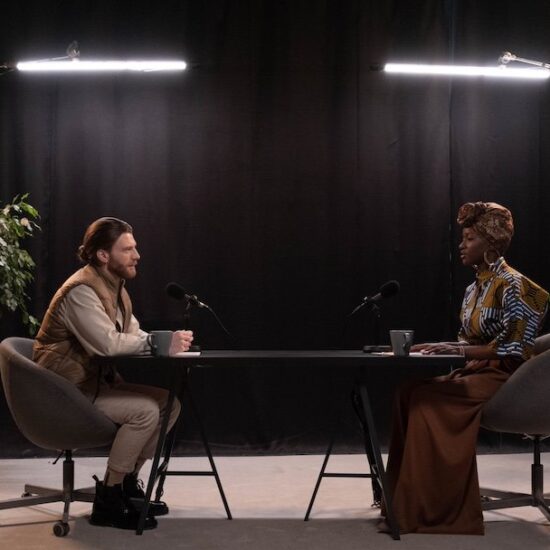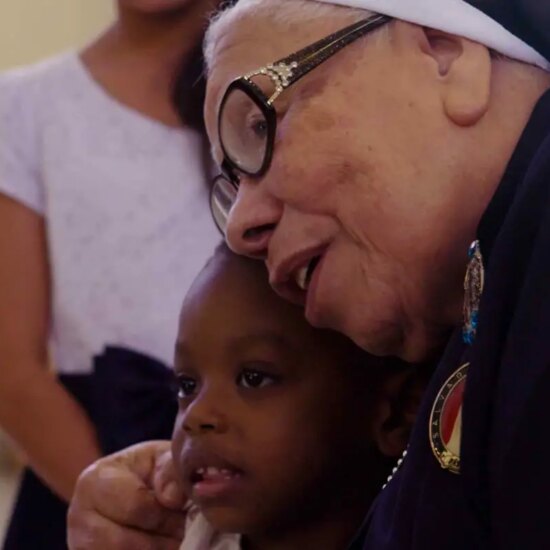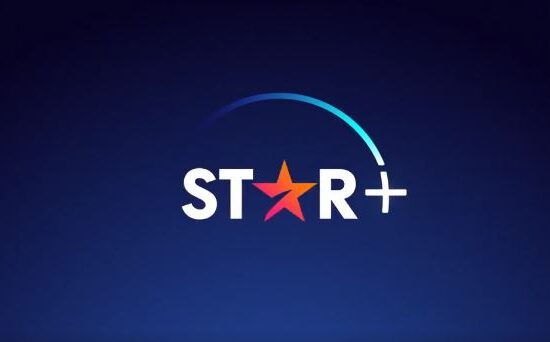
The subtitle of George Lucas’s Star Wars is (of course) Episode IV: A New Hope. And in 1977 it was a new hope—for Hollywood and for the return of the kind of grand, classic score associated with the Golden Age studio films of the 1930s-‘40s.
In the decade before Star Wars’ release, Hollywood had trended toward using pre-existing songs as soundtrack rather than original orchestral arrangements. Paul Simon’s songs in The Graduate (1967) and the Burt Bacharach/Hal David songs in Butch Cassidy and The Sundance Kid (1969) are just two examples. And in 1977, electronic and experimental music sometimes took the place of traditional orchestration as well.
Lucas was already in the process of compiling his favorite classical pieces (as Kubrick did 2001: A Space Odyssey) to use as score for Star Wars when John Williams convinced the director to instead use original music that would be more cohesive.
Lucas wanted a score with familiar sounds to ground audiences in recognizable emotion while they experienced distant worlds on screen. And Williams composed just such a score—with cues full of powerful emotion to spotlight Darth Vader to the adventure thrill of the TIE Fighter attacks, to the gentle-yet-epic yearning for “Luke’s Theme.”
But when it first appeared in the small New Hampshire town where I grew up, Episode IV was simply called Star Wars. The movie house it played at was located in the town hall with its thick stone walls, so earthbound in contrast with space and the distant planets seen in the movie. The visual experience was impressive, but for me most notable was the sound.
The iconic opening orchestral themes made me want to understand music for film; John Williams’ score made me take note that I was seeing the image differently because of the music I was hearing. The score’s power comes from the music first invented by the Romantic composers of the 19th century. These composers had been the inspiration for the classic era of Hollywood composers like Max Steiner and Erich Korngold. These two great pioneers of film scoring were both born in Austria and knew the language of opera and operetta, bringing the European composing tradition with them to the scoring stages of Los Angeles.
As Max Steiner once said, when batting away the moniker of “inventor of movie music”: “The idea originated with Richard Wagner. Listen to the incidental scoring behind the recitatives in his operas. If Wagner had lived in this century, he would have been the #1 film composer.”
The music of Hollywood owes many debts to Wagner. The German composer (1813-1883) invented the leitmotif technique, which uses a different theme for each character, emotion, place or thing. Max Steiner used it to great effect in King Kong (1933) giving Kong and other characters their own theme. Likewise, in the Star Wars score each major character has their individual theme, with the theme transforming as the drama and the character develop.
For example: “Luke’s Theme” appears first full of youthful awe. When he witnesses the destruction of his home, that theme loses its brightness and becomes troubled. And when Luke finally triumphs at the end, his theme is likewise triumphant.
But the pieces that George Lucas used to create his first draft of the score—and what later became the temp track for Williams—were not only from Wagner. They were by Strauss, Stravinsky, Holst, Tchaikovsky, Walton, Mozart and Beethoven, among others. Lucas gave Williams the instruction to outdo these masters. John Williams brought to bear a well-developed grasp of how the great composers used the orchestra. And he delivered.
Star Wars bears the mark of these great 19th and 20th-century composers in its DNA. We hear hints of Holst’s Mars: Bringer of War and Tchaikovsky’s orchestration, just to name two. It’s a time-honored tradition to pay homage to other great composers; composers learn from their predecessors. And although some themes or melodies may be partially borrowed, it’s all wonderfully recognizable as the music of Star Wars.
What makes this masterpiece of composing even more notable is that these groups of melodies and orchestrations have become part of our collective musical touchstones. They transport us to the planets, the deep space, the ships and the moments of the film.
One of the most recognizable and evocative pieces is the Cantina Band music. John Williams had spent years playing jazz piano, and George Lucas wanted it to sound like “several creatures in a future century finding some 1930s Benny Goodman swing band music… and how they might attempt to interpret it.”
The extraordinary aspect here is that the music is instantly recognizable. Even heard without the images, it transports the listener to a futuristic place and reality. To make so much great music that locates the listener in a fantastical landscape in this way is a sign of prodigious skill and a measure of genius.
This was the beginning of a rebirth of the grand orchestral score in Hollywood filmmaking. Scores based on songs and electronic sounds continued to develop, and to be used in combination with orchestral music.
It changed something in me when I saw Star Wars soar so high on the wings of John Williams’ score. Some say this is the greatest American score ever written. It certainly influenced every composer who came after and changed the direction of film scoring.
And now, just for fun:
Film Independent promotes unique independent voices by helping filmmakers create and advance new work. To become a Member of Film Independent, just click here. To support us with a donation, click here.













